Why I’m Not Fully Sold on USDT Stability — And You Shouldn’t Be Either
Let’s Talk About the Elephant in the Room: USDT Stability
Here’s something that doesn’t get said enough in crypto circles: USDT stability is more fragile than people want to admit. Sure, it’s the most used stablecoin. Yes, it’s supposed to be pegged to the dollar. But let’s be real — this thing has cracks, and they’ve been showing for a while.
I’m not here to scream “doom” or spread FUD. But if you’ve got skin in the game, you owe it to yourself to look past the $1 price tag and ask some tougher questions.
Behind the Curtain: What Really Backs USDT?
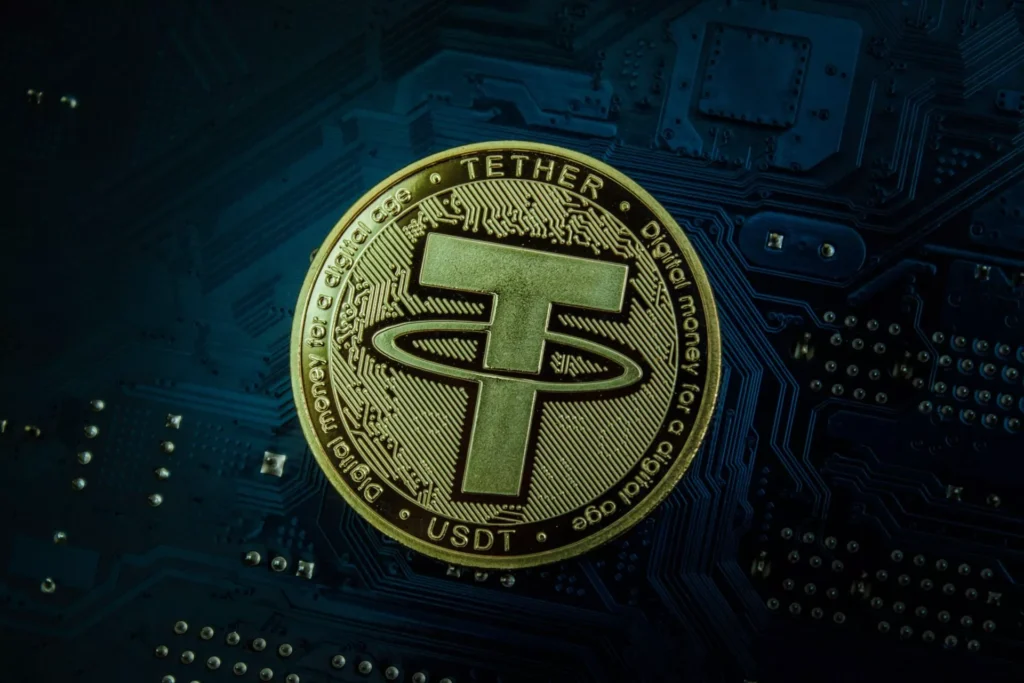
Tether says every USDT is backed by reserves. Cool. But here’s the kicker — we don’t always know what those reserves actually are. Cash? Commercial paper? Crypto? Mystery meat?
They’ve been fined, investigated, and called out for lacking full transparency. And despite releasing attestations, they’ve dodged full-blown audits for years. That doesn’t exactly scream confidence.
So when people talk about USDT stability, I can’t help but think — stable for now… but based on what, exactly?
USDT Stability: It Stays at $1… Until It Doesn’t
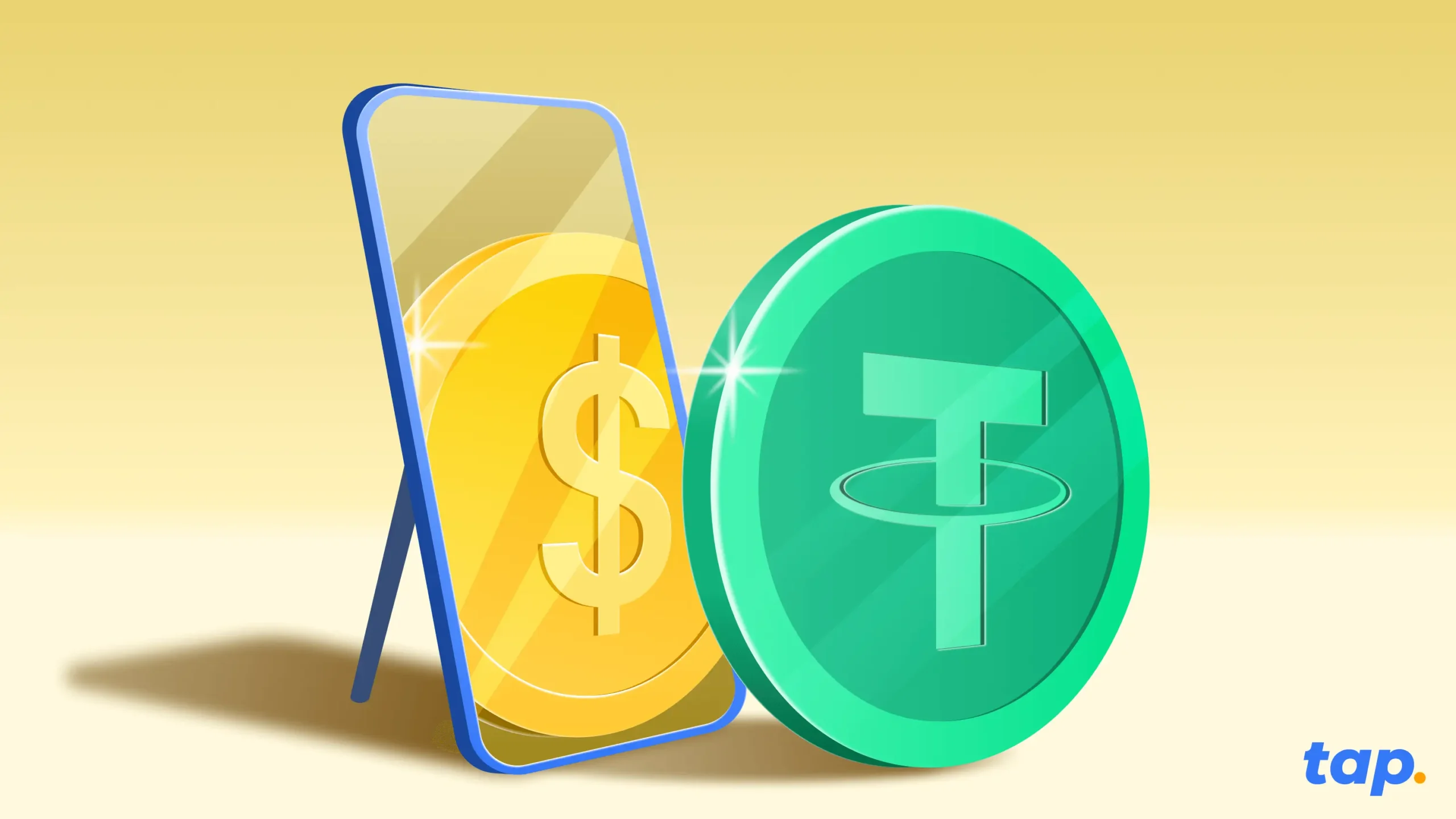
Let’s talk about those “minor” depegs. In May 2022, USDT dropped to around $0.95 for a hot minute. It recovered, sure — but that short dip showed just how quickly things can unravel when fear kicks in.
And don’t give me the “it was just a few cents” argument. In fast-moving markets, even a 2–3% shift can cause chaos for traders and protocols relying on 1:1 value. Stability should be boring. Predictable. USDT? Sometimes it’s not.
Trust Is Doing the Heavy Lifting
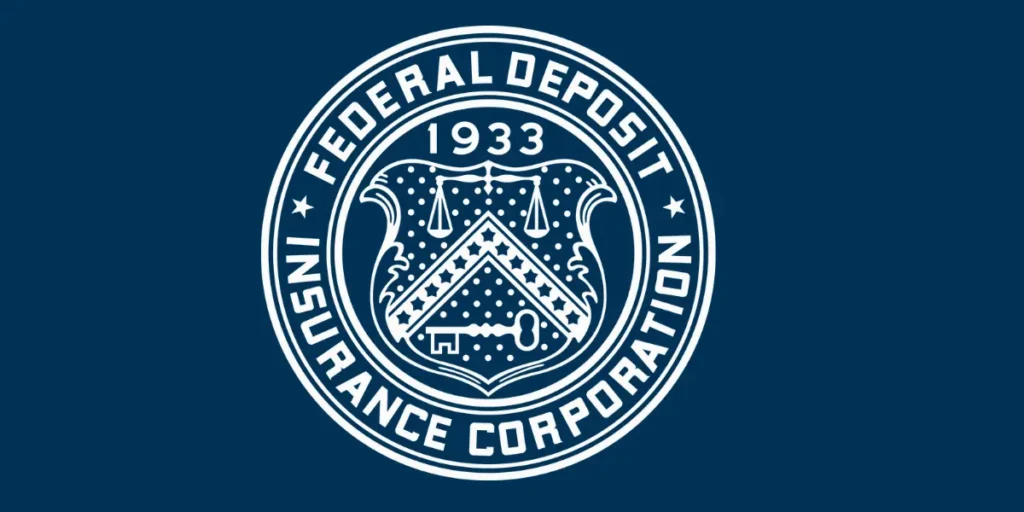
Here’s the uncomfortable truth: USDT works because people believe it works.
There’s no FDIC insurance here. No central bank to step in. It’s a trust-based system, and once that trust cracks — even a little — you’ve got a real problem.
You don’t need a full collapse. Just enough doubt to make people move their funds. And when that happens en masse, even the most “stable” coin can start to wobble.
Compared to Other Stablecoins, It’s a Bit of a Wild Card

Let’s stack it up. USDC? Regular audits, U.S.-based, plays nicely with regulators. DAI? Decentralized, transparent, overcollateralized.
USDT? It’s big — huge, in fact. But it feels more like that one friend who’s always around but never really tells you what they’re up to. Functional, but not exactly trustworthy.
For sheer utility and liquidity, USDT still wins. But in terms of peace of mind? I’d argue it’s falling behind.
Should You Use USDT? Well… Depends How Lucky You Feel
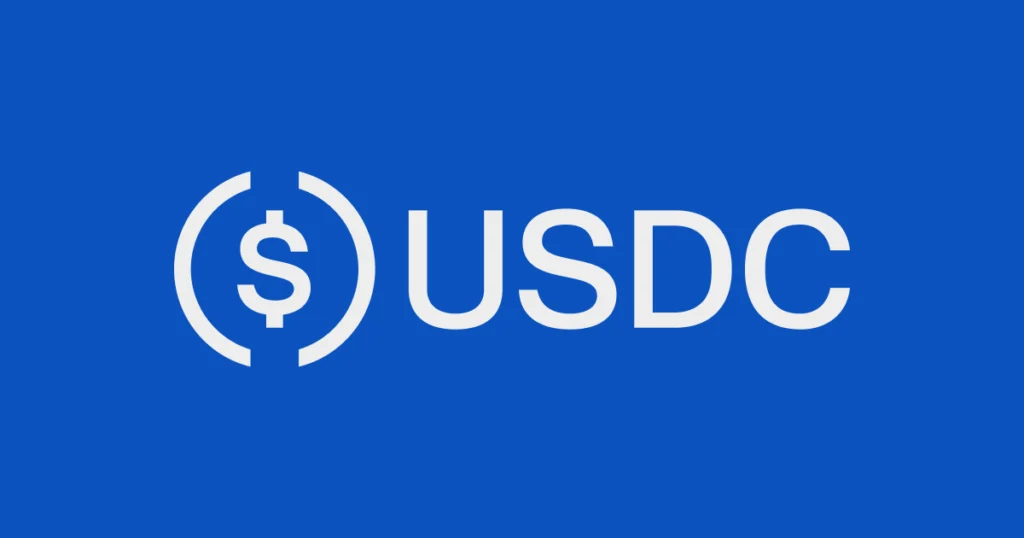
If you’re just swapping tokens or parking funds between trades, USDT probably does the job. I use it too — I’m not above convenience.
But would I stash serious savings in USDT long-term? Not a chance. If Tether ever stumbles, I don’t want to be the last one holding the bag.
So hedge your bets. Diversify into USDC, DAI, or other options. Don’t let convenience lull you into a false sense of security.
Final Thoughts: USDT Stability Is a Balancing Act — And That Should Worry You
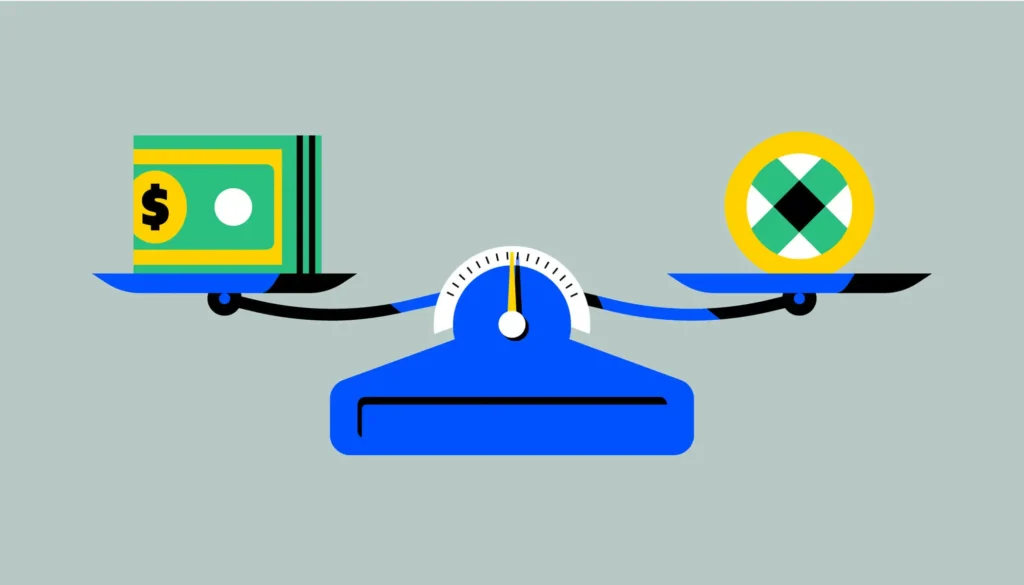
Here’s the thing: USDT stability isn’t a guarantee. It’s a balancing act between trust, liquidity, and hope that Tether doesn’t screw it up.
I’m not saying USDT will crash tomorrow. But I am saying it’s not bulletproof — and anyone telling you otherwise either hasn’t looked closely, or doesn’t want you to.
So use it if you must. Just know what you’re dealing with. In crypto, “stable” doesn’t always mean safe — and USDT proves that better than anyone.
Relevent news: Here




